India’s consumer market is undergoing rapid transformation, positioning the country as a pivotal player in the global economy. Projections indicate that consumer spending in India will rise from $2.4 trillion in 2024 to $4.3 trillion by 2030, fueled by a young workforce, urbanization, and increasing disposable incomes. This evolution reflects significant shifts in Indian consumer behaviors, with a growing emphasis on digital engagement, value-driven purchasing, and brand consciousness. For businesses aiming to understand Indian consumers, recognizing these trends is essential to navigate the diverse and dynamic landscape of consumers in India.
At the heart of India’s evolving consumer landscape are five distinct segments, each reflecting a unique blend of cultural values, economic influence, and digital readiness. These segments—the Aspiring Middle Class, Young Professionals, Rural Consumers, Health & Wellness Enthusiasts, and Luxury Shoppers—represent the diversity and dynamism of consumers in India. For brands seeking to succeed in the Indian consumer market, a clear understanding of these groups is essential to inform strategy and unlock growth.
Segment 1: India’s Aspiring Middle Class
The Aspiring Middle Class in India, defined by its expanding population and rising economic influence, is reshaping the Indian consumer market. Projected to reach over 580 million people by 2025, this group represents a critical mass of consumers whose upward mobility is fuelling demand across sectors.
This shift represents more than numerical growth. It reflects the changing aspirations, values, and priorities of a population that now expects more—from education, from healthcare, and from the products they buy.
Economic mobility sits at the core of this transformation. Bain & Company projects that average household income in this segment will grow at 5.5 percent annually through 2030. These gains are altering consumption patterns, making categories such as private education, wellness, and lifestyle brands newly accessible to a broad base of Indian consumers.
Education is one of the clearest signals of this progression. India’s online education market is projected to reach a user base of 244 million by 2027, according to Statista. For this segment, digital learning platforms are not just tools—they are pathways to upward mobility.
Healthcare follows a similar trajectory. As household spending on private health services rises, the aspiring middle class is leading a shift in how well-being is prioritised and accessed. This marks a growing preference for quality care and preventive health, often delivered through private and tech-enabled solutions.
The same logic extends to consumer goods. Affordable luxury, once a contradiction, is now central to this group’s identity. Indian consumers are gravitating toward brands that deliver premium experiences without premium pricing. Deloitte forecasts that India’s luxury market will reach $30 billion by 2025, fuelled in part by aspirational buyers entering the market.
For brands, the opportunity lies in recognising the complexity of this segment. These consumers are digitally fluent, value-conscious, and motivated by progress. Strategies that blend quality and affordability with aspirational messaging stand the best chance of building long-term loyalty.
The Aspiring Middle Class is no longer an emerging group—it is a structural force in India’s consumer economy. Brands that invest in understanding their motivations and preferences will be well-positioned to grow with them.
Segment 2: India’s Young Professionals
India’s young professionals—largely millennials and Gen Z—are increasingly shaping the direction of the country’s consumer market. With rising incomes, a global outlook, and fluency in digital tools, they represent both economic scale and cultural influence. By 2027, millennials alone are expected to become the largest demographic group in India, according to Morgan Stanley, cementing their position at the centre of the workforce and consumer economy.
Technology underpins nearly every aspect of their lives. More than 85 percent of Indian millennials now own a smartphone, a figure that continues to climb. This high level of connectivity extends beyond communication into shopping, streaming, payments, and personal finance. It has also created new consumption patterns rooted in immediacy, convenience, and curation.
Spending habits reflect this digital maturity. Electronics, fashion, and online services are key areas of spend. India’s e-commerce sector is projected to reach $200 billion by 2026, with apparel and electronics among the strongest categories, according to IBEF. For this segment, online platforms are not just retail channels—they are ecosystems for discovery, peer influence, and personalised engagement.
Nowhere is their influence more visible than in fashion. The Indian apparel market is expected to grow to $122 billion by 2025, maintaining its position as one of the world’s largest. This growth is driven in part by a generation that is increasingly brand-conscious and expressive, shaping domestic tastes while also drawing global labels deeper into the market.
For marketers, this presents both an opportunity and a challenge. A Google report notes that 70 percent of Indian consumers are influenced by digital channels early in the buying process. For young professionals, that influence spans search, video, social, and direct messaging. Relevance depends on meeting them where they are—with experiences that are immediate, visual, and mobile-first.
However, influence is no longer just about reach. This demographic looks for authenticity and social alignment. Brands that take clear positions on sustainability, equity, and ethics—backed by tangible actions—are more likely to earn trust. Purpose, when grounded in consistency rather than campaign slogans, is a differentiator.
To succeed with young professionals, brands need more than digital fluency. They need an integrated strategy that blends omnichannel visibility with cultural sensitivity. This segment is discerning, vocal, and quick to shift loyalties. Consistency across touchpoints, supported by a clear sense of identity and values, is key to building lasting relationships in one of the most influential segments of the Indian consumer market.
Segment 3: India’s Rural Consumers
Rural consumers, who make up nearly two-thirds of India’s population, are often treated as an afterthought in market analysis. Yet this segment is undergoing a quiet transformation, fuelled by rising incomes, expanding infrastructure, and digital inclusion. According to the World Bank, rural India accounts for around 66 percent of the population, making it essential to any serious understanding of the Indian consumer market.
The rural economy is gaining momentum. A report by NITI Aayog highlights strong growth driven by agricultural reforms, infrastructure investment, and targeted government schemes. This has translated into greater purchasing power across large sections of the countryside. In fact, a CRISIL study shows that rural per capita consumption has recently outpaced urban growth, challenging outdated assumptions about where demand is coming from.
Alongside economic gains, rural consumer behavior is shifting. Basic amenities remain important, but mobile phones, internet access, and fast-moving consumer goods are now part of daily life. The Telecom Regulatory Authority of India reports a sharp rise in mobile phone penetration, while IAMAI data confirms that rural internet usage is growing faster than in urban centres. These tools are not just improving access to information—they are creating new pathways to consumption.
Affordability remains a core priority. According to Boston Consulting Group, rural India already accounts for more than half of the country’s FMCG consumption. Value-conscious but increasingly aspirational, these consumers are looking for quality within reach, and they are responding to brands that deliver it.
Reaching rural consumers demands both scale and specificity. Television and radio remain highly effective due to their reach and trust levels. At the same time, growing digital literacy has opened the door to mobile-led engagement, especially in local languages. Brands like HUL and ITC have demonstrated the effectiveness of decentralised models, with initiatives such as Project Shakti and e-Choupal showing how rural engagement strategies must be rooted in the community.
Product localisation is just as important as channel strategy. Successful brands tailor packaging, pricing, and messaging to regional tastes and purchasing habits. Distribution, too, is a differentiator. Building reliable supply chains that can reach remote markets efficiently remains one of the biggest hurdles—and one of the biggest opportunities.
Rural India is no longer a passive market waiting to catch up. It is a diverse and fast-evolving segment of Indian consumers that presents clear potential for brands willing to adapt. Those who listen closely, invest locally, and design with purpose are likely to see the greatest long-term returns.
Segment 4: India’s Health & Wellness Enthusiasts
Health and wellness have moved from the margins to the mainstream of consumer culture in India. Once considered a niche, this segment has become one of the most dynamic forces in the Indian consumer market. Centred largely in urban and semi-urban areas, these consumers pursue a holistic view of health—one that blends modern solutions with traditional practices and lifestyle adjustments.
India’s wellness economy is expanding rapidly. Industry estimates place its value at $200 billion by 2025, driven by rising disposable incomes, increased health awareness, and a cultural shift that followed the global pandemic. What was once reactive is now preventive, and what was once fragmented is now part of a broader lifestyle identity.
This shift is visible in multiple categories. Organic food has moved beyond specialist stores and into everyday baskets. Ernst & Young projects that India’s organic food market will reach $2.5 billion by 2025, a sign that more Indian consumers are actively choosing natural and chemical-free products. The shift is not just about ingredients—it’s about trust, traceability, and long-term well-being.
Fitness has also seen consistent growth. With the industry expanding at 8 to 10 percent annually, gyms, fitness apps, and boutique wellness platforms are gaining traction. While infrastructure matters, the rise of app-based services has widened access, making health routines part of daily digital behavior for younger consumers.
Traditional practices have not been displaced. Ayurveda, Yoga, and Naturopathy are experiencing renewed attention, especially among millennials and Gen Z consumers who are blending the old with the new. According to industry reports, the average Indian millennial now spends around ₹4,000 per month on fitness and wellness-related products and services—a figure that reflects commitment and purchasing power.
For brands, credibility is essential. Health-conscious consumers in India are sceptical of marketing claims and quick to dismiss anything that feels opportunistic. Products that emphasise natural ingredients, sustainability, and clear labelling resonate most. Authenticity is not a value-add in this category; it is the baseline expectation.
Building trust also requires education. Brands that provide content—whether through workshops, short-form videos, or expert-led sessions—can become more than just vendors. They can become enablers of a wellness journey, a role that carries far more value than transactional engagement.
Influencer partnerships remain effective, though they must be used with care. Research by Collective Bias shows that 30 percent of consumers are more likely to trust recommendations from relatable figures rather than celebrities. In the health and wellness space, credibility often comes from lived experience, not fame.
India’s wellness market is no longer emerging. It is established, active, and growing. For companies willing to align with its values and speak with credibility, this segment offers both scale and staying power.
Segment 5: India’s Luxury Shoppers
India’s luxury market is expanding quietly but significantly, driven by a growing base of affluent consumers. While still a niche within the broader Indian consumer landscape, this segment holds disproportionate influence due to its spending power, brand loyalty, and appetite for global experiences.
According to Bain & Company, India’s luxury market is projected to reach $8.5 billion by 2025. Growth is being fuelled by new-age entrepreneurs, high-net-worth individuals, and a well-traveled urban class whose exposure to international brands has reshaped expectations at home. Their profile may be diverse, but a shared pursuit of quality, exclusivity, and self-expression ties them together.
This is evident across categories. Luxury automobiles, for example, continue to gain traction. The Society of Indian Automobile Manufacturers reports annual growth of around 10 percent in the segment, driven not only by status but by appreciation for design, innovation, and craftsmanship. These preferences signal a more mature luxury buyer—less conspicuous, more considered.
Fashion and accessories remain central to the identity of the Indian luxury shopper. A growing number of Indian consumers are willing to pay a premium for international brands, viewing them as symbols of success and personal style. Global luxury labels have responded by expanding their presence in key metros and experimenting with capsule collections tailored for Indian tastes.
In this segment, brand equity is inseparable from experience. The most successful brands invest in curating exclusivity through limited editions, private viewings, and member-only events. These strategies do more than promote scarcity—they reinforce the brand’s position as a lifestyle choice rather than a product.
Personalisation is another defining factor. According to a Deloitte study, bespoke experiences and attentive service are key to securing long-term loyalty among luxury consumers. For Indian shoppers in this segment, high-touch interactions—both offline and online—signal that the brand understands their preferences and values their time.
Digital platforms are now integral to this experience. While traditional in-store environments remain important, affluent Indian consumers increasingly research, compare, and even purchase luxury goods online. A seamless omnichannel experience, supported by high-quality content and service continuity, is no longer optional.
India’s luxury market presents a compelling opportunity for brands that are willing to adapt to its evolving codes. Success will depend on more than product—it will require fluency in experience, relevance, and restraint. For marketers who can master that balance, this segment offers both prestige and performance.
Leveraging Cross-Segment Trends in India’s Diverse Consumer Market
Beneath the distinctions between consumer groups in India—rural or urban, aspirational or affluent—lie a set of shared behaviors that cut across segments. These cross-market trends are shaping expectations and forcing brands to think more holistically. Recognising where consumer motivations overlap is not about diluting strategy, but about creating scalable approaches that meet people where they are, without losing relevance.
Digital engagement is the most visible unifier. Whether through smartphones in rural villages or curated feeds for young professionals, digital platforms have become the common ground for communication, commerce, and content. Reliance Jio’s rapid expansion is a clear example. By making high-speed mobile internet accessible across geographies and income groups, it didn’t just connect India—it redefined how Indian consumers engage with brands, media, and services.
Sustainability and product integrity are also gaining traction across multiple segments. While health and wellness consumers have long scrutinised ingredients and sourcing, similar concerns are now echoed by middle-class families and luxury buyers alike. Tata Motors, for instance, has introduced electric vehicles that serve both environmental values and premium expectations. These shifts suggest that quality and conscience are no longer separate concerns—they are increasingly inseparable.
Personalisation is another area of convergence. From tailored wellness plans to customised beauty recommendations, Indian consumers are signalling a preference for products and experiences that reflect their individual identity. Nykaa’s platform, which uses personal data to offer curated product suggestions, has resonated with both urban professionals and value-conscious wellness buyers. It reflects a broader truth: in a market as diverse as India, precision often outperforms scale.
These trends are not temporary. They represent structural shifts in how Indian consumers evaluate brands, make decisions, and define value. For marketers, the opportunity lies in building flexible strategies—ones that can stretch across segments while retaining cultural specificity and consumer insight.
How Indian Brands Are Responding to Consumer Convergence
Some of the most effective responses to India’s evolving consumer landscape come from homegrown brands that have adapted to serve multiple segments without losing clarity of purpose. Their success lies not in appealing to everyone, but in recognising how shared consumer values—digital fluency, sustainability, affordability, and identity—can be interpreted through different lenses.
Flipkart has built its platform to span the full spectrum of Indian consumer demand. Its ability to deliver everything from low-cost essentials to premium electronics has allowed it to operate seamlessly across urban and rural markets. By tailoring its delivery network, product assortment, and interface to suit different levels of digital maturity, it has positioned itself not just as an e-commerce platform but as a nationwide retail infrastructure.
Patanjali, once a niche Ayurvedic brand, has become a national player by connecting traditional values with contemporary concerns. Its products resonate with health-conscious consumers, particularly in the aspiring middle class, who seek natural ingredients without the premium price tag. The company’s messaging—grounded in heritage but marketed with scale—has proven effective across both wellness and price-sensitive segments.
Ola Electric reflects a different kind of ambition. Its focus on sustainable urban transport speaks directly to younger consumers and professionals seeking mobility without compromise. Yet its brand also appeals to aspirational buyers who see electric vehicles as a signal of progress. By combining environmental positioning with sleek design and digital integration, Ola has found relevance in purpose-driven and lifestyle-driven consumption.
These brands succeed not because they simplify the Indian consumer, but because they build systems that can absorb complexity. The ability to speak to different motivations—without diluting identity—is what allows them to grow across income levels, geographies, and lifestyles. For other businesses navigating the Indian consumer market, the lesson is clear: breadth of reach must be matched by depth of understanding.
Embracing India’s Consumer Kaleidoscope
India’s consumer market is not one story—it is many. Each segment reflects a different set of priorities, constraints, and cultural codes. But what ties them together is a shared momentum: rising expectations, expanding access, and a more deliberate approach to consumption. For marketers, the challenge is not simply understanding these groups in isolation, but recognising where behaviors converge, and how they shift over time.
The most effective strategies will be those grounded in segmentation, yet flexible enough to evolve. Brands that succeed will move beyond surface demographics, using behavioural insights and cultural context to shape decisions—from product design and pricing to positioning and distribution. It is no longer enough to ask who the consumer is. The more pressing question is: who are they becoming?
India’s consumer economy is in motion, shaped by urbanisation, digital transformation, economic mobility, and a growing focus on personal and social identity. The businesses that thrive will read these signals early, respond with relevance, and invest in depth over reach.
This is not a static market. It is a complex system—interconnected, layered, and full of tension between tradition and change. The reward for navigating it well is not just market share. It is resilience, loyalty, and sustained growth in one of the most diverse consumer environments in the world.
Kadence — Strategic Guidance for a Complex Market
At Kadence, we specialise in decoding complexity. With teams based across India and deep expertise in consumer segmentation, we help brands move from insight to action. Whether your priority is understanding rural consumers, tapping into aspirational buying power, or adapting your offering to India’s evolving wellness and luxury preferences, our research goes beyond the surface.
Let us help you build strategy on a foundation of evidence—tailored to your segment, informed by behaviour, and tested in-market.
Get regular insights
Keep up to date with the latest insights from our research as well as all our company news in our free monthly newsletter.
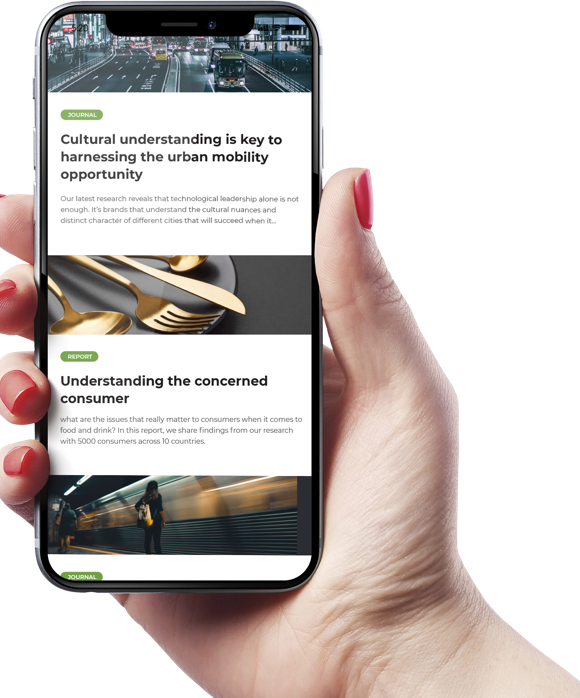
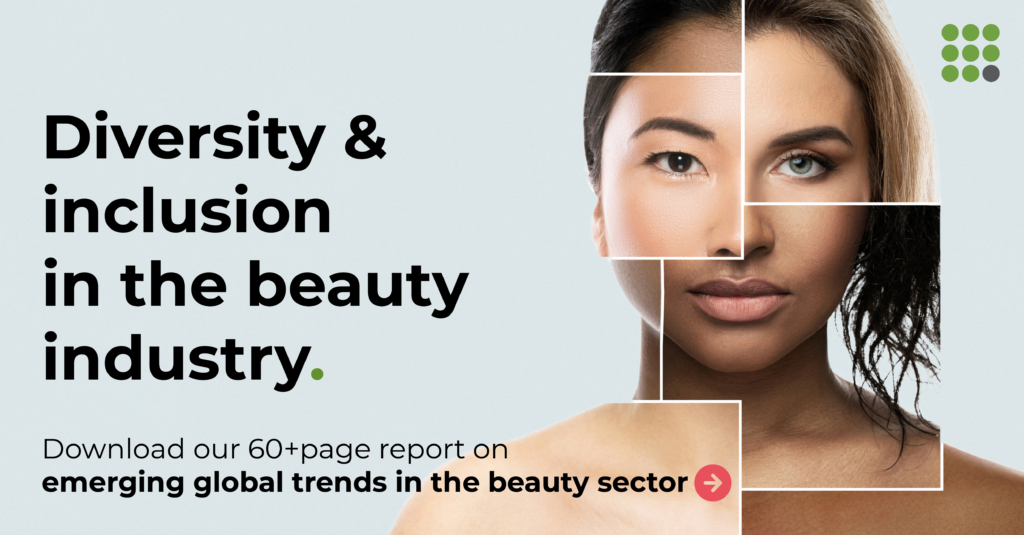
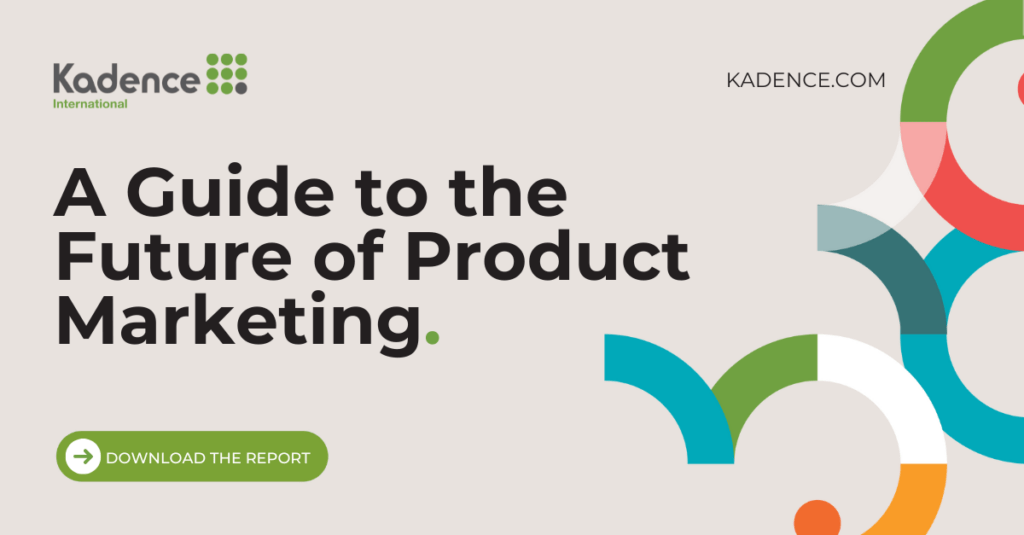
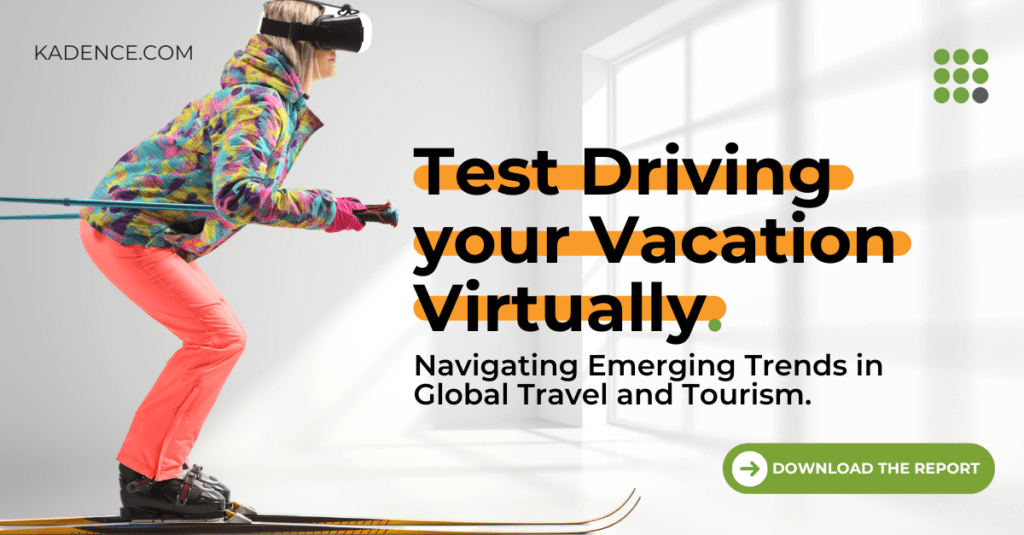
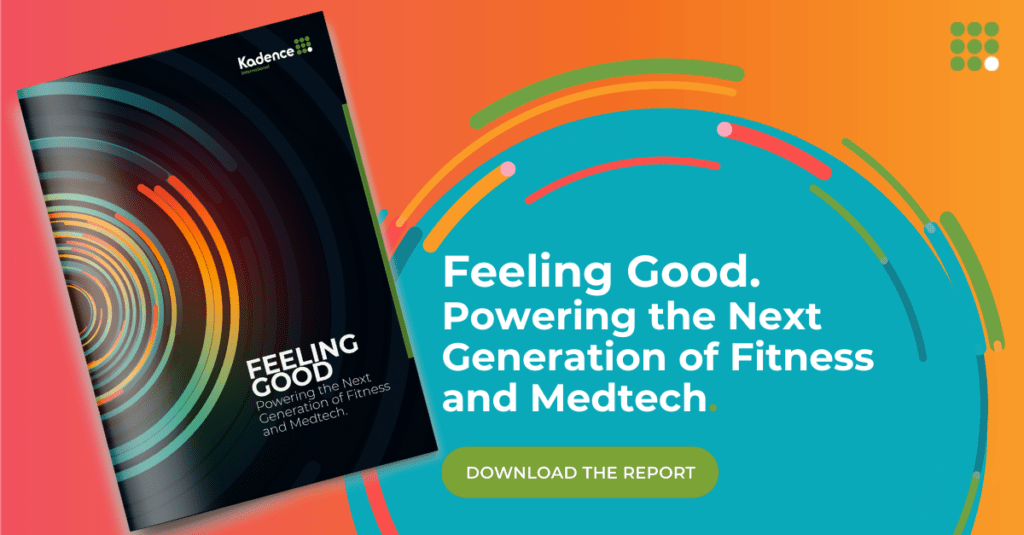
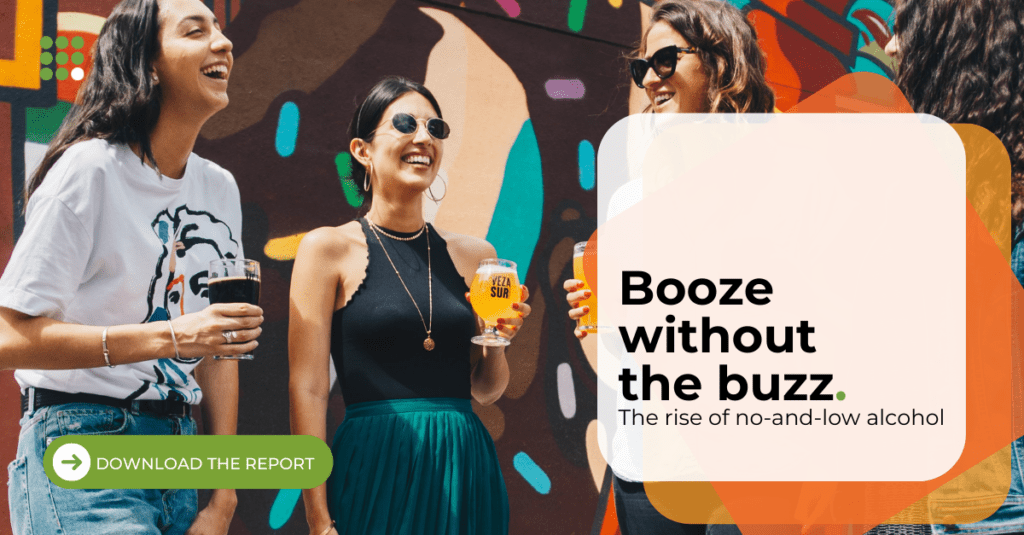

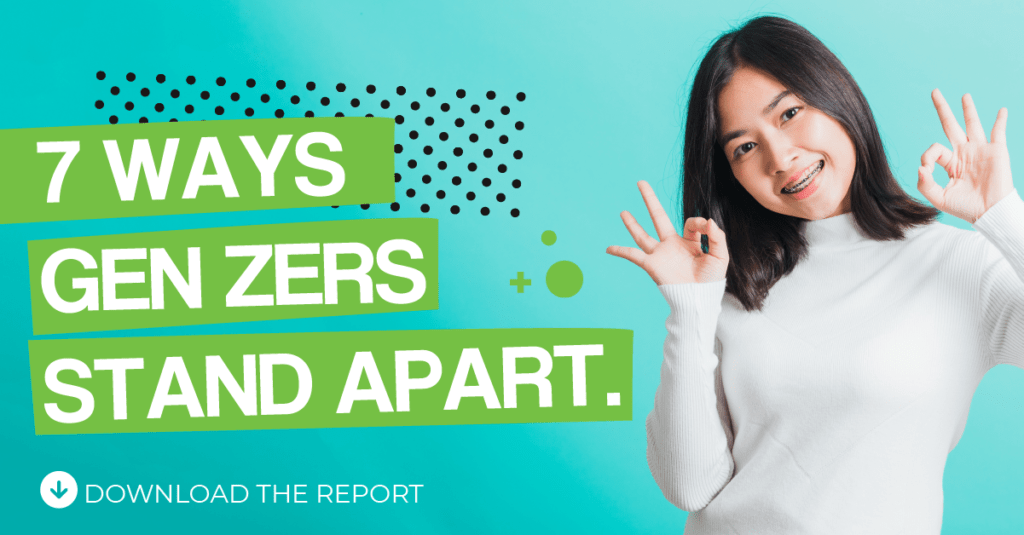

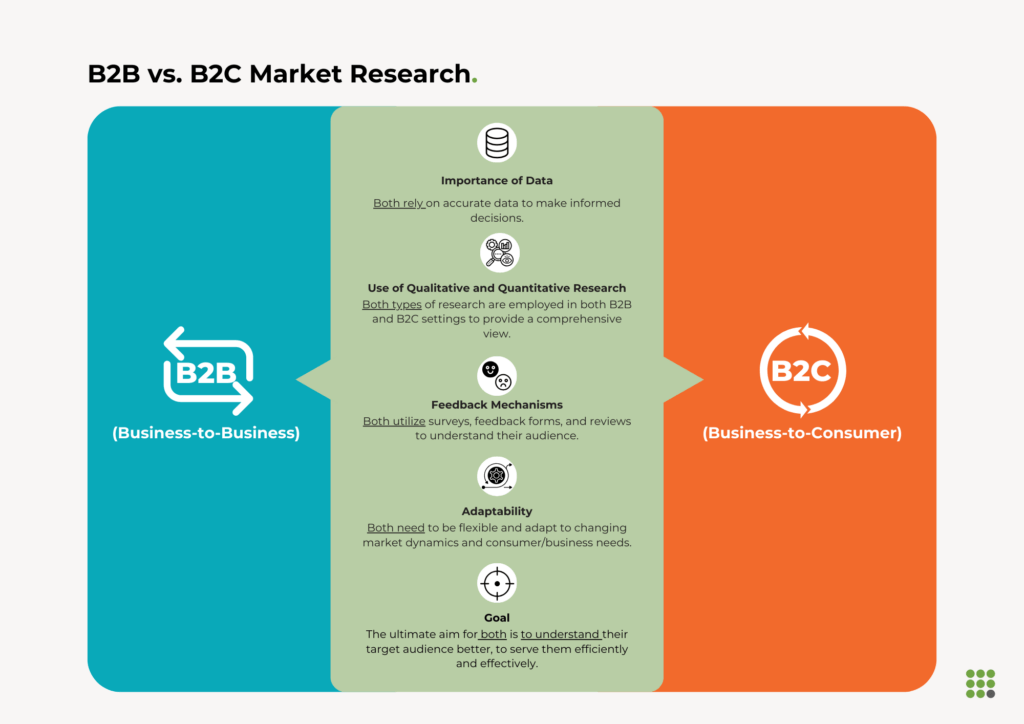
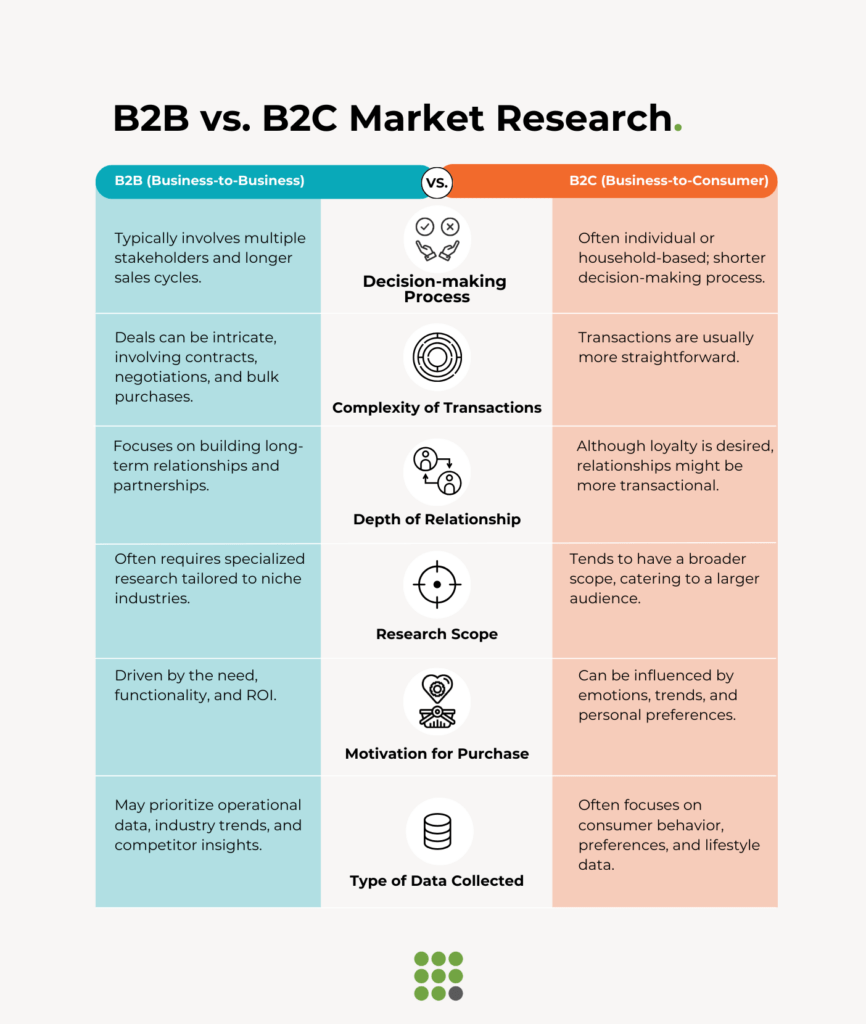
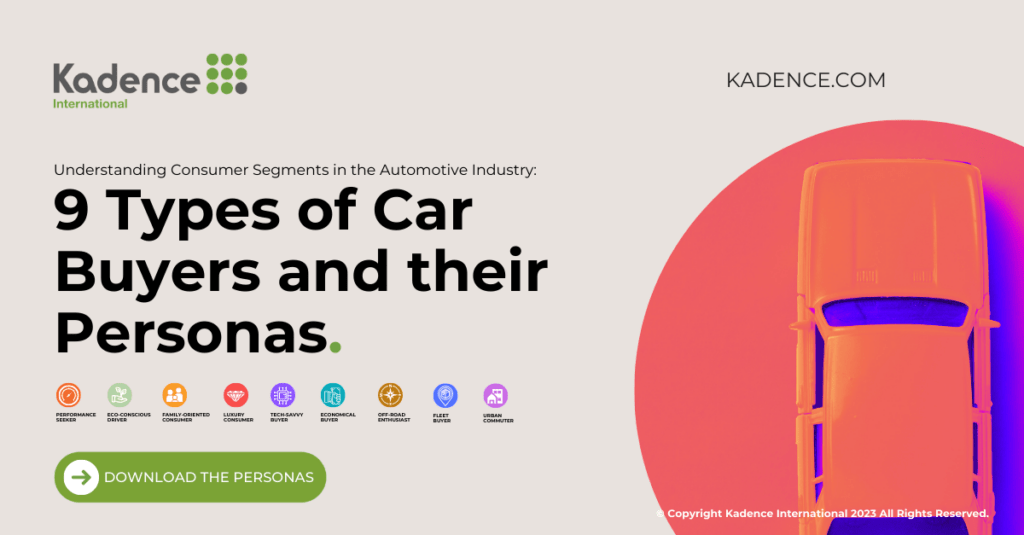

 Senior Marketing Executive
Senior Marketing Executive Sales & Marketing
Sales & Marketing General Manager PR -Internal Communications & Government Affairs
General Manager PR -Internal Communications & Government Affairs Vital Strategies
Vital Strategies
 Customer Intelligence Director
Customer Intelligence Director